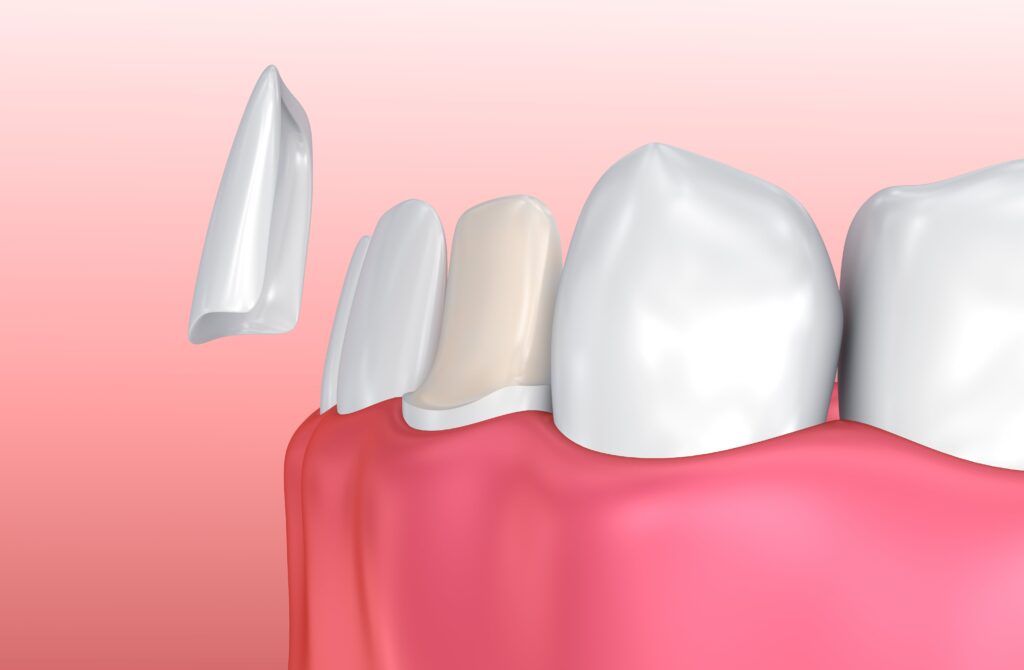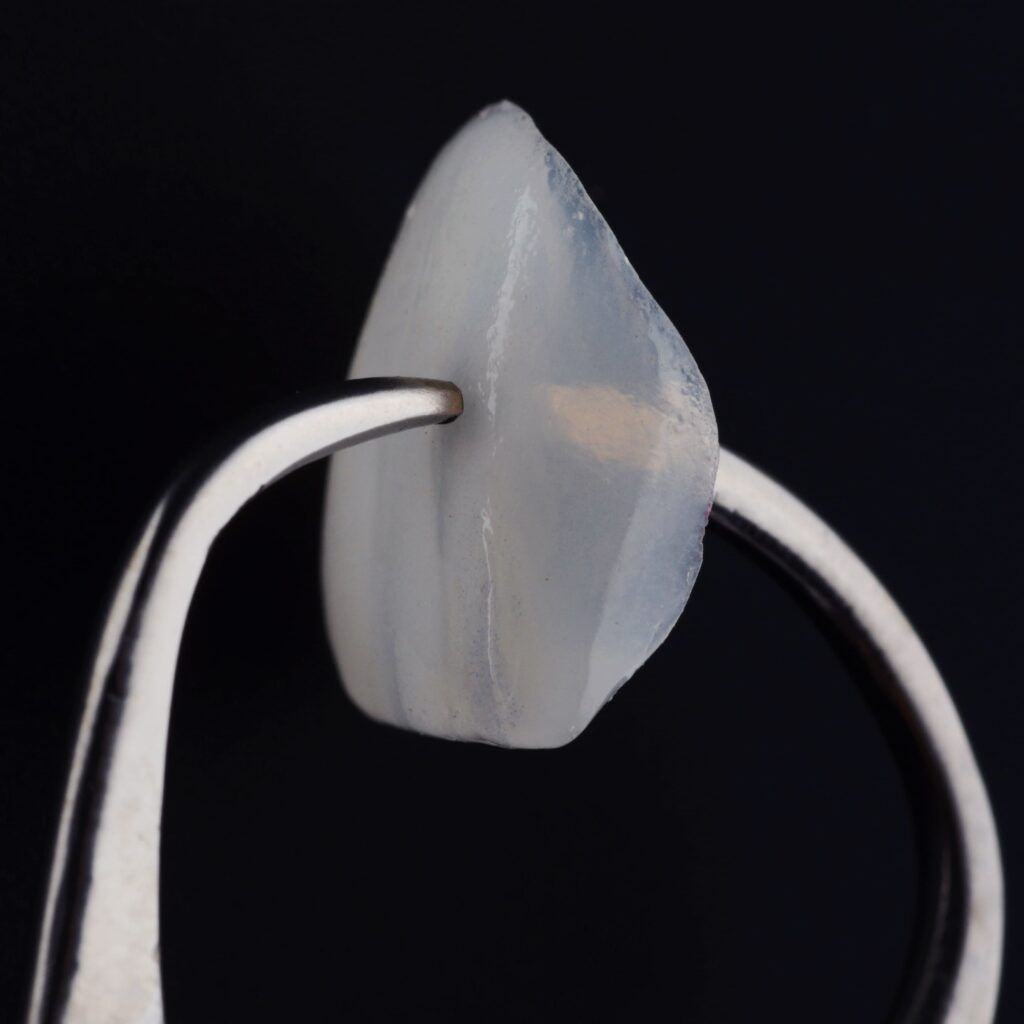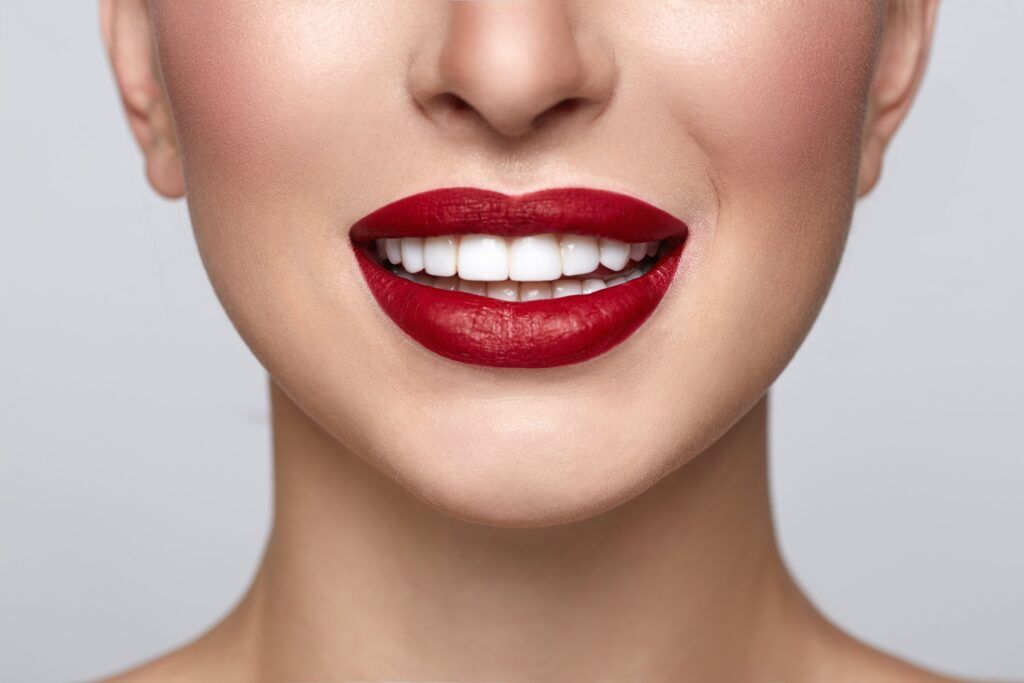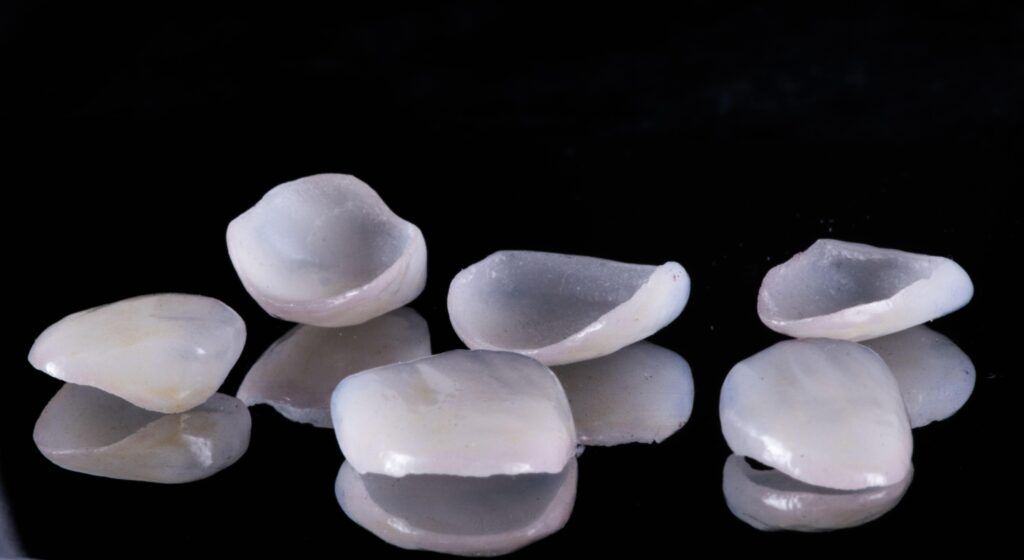In the dynamic field of cosmetic dentistry, the debate between traditional veneers and no-prep veneers continues to intrigue patients and professionals alike. This blog post offers a thorough comparison of these two prominent dental veneer options, examining their methodologies, benefits, and the unique aspects they bring to smile transformations. As we dissect the intricacies of both procedures, from preparation techniques to the final aesthetic appeal, our goal is to provide a clear, balanced perspective. This post is an essential read for anyone weighing their options for a dental makeover, offering the necessary knowledge to choose between the classic precision of traditional veneers and the minimalistic approach of no-prep veneers.
Traditional Veneers: The Classic Choice
Traditional veneers have been a staple in cosmetic dentistry for many years. These are custom-made, thin layers of porcelain or composite material designed to cover the front surface of teeth, offering a complete makeover for a variety of dental imperfections.
The Process:

The process of placing traditional veneers is a meticulous and multi-step procedure that typically involves three main stages: consultation and planning, preparation, and bonding. During the initial consultation, a dentist evaluates the patient’s dental health and discusses aesthetic goals to ensure veneers are an appropriate solution. Impressions or digital scans of the teeth may be taken to create a precise model.
In the preparation stage, a small amount of enamel is gently removed from the front surface of the teeth to make room for the veneers. This step is crucial as it ensures a natural fit and appearance, but it’s also irreversible, making the decision to proceed an important one. The dentist then takes an impression of the newly shaped teeth, which is sent to a dental lab where the custom veneers are crafted. This can take a few weeks, during which time temporary veneers might be placed.
In the final appointment, the dentist places the veneers on the patient’s teeth to check their fit and color, making any necessary adjustments. The teeth are then cleaned, and the veneers are bonded to the teeth using a special adhesive, which is hardened with a light beam. The result is a transformed smile with improved aesthetics and function.
Pros:
- Significant Cosmetic Enhancement: Traditional veneers effectively correct a wide range of dental imperfections such as stains, chips, cracks, gaps, and minor misalignments, providing a dramatic improvement in smile appearance.
- Highly Customizable: They offer extensive customization options in terms of shape, size, color, and overall look, ensuring that the veneers meet individual aesthetic preferences and blend well with the natural teeth.
- Longevity and Durability: Made from sturdy materials like porcelain, traditional veneers are known for their durability, often lasting 10 to 15 years or more with proper dental care.
- Resistance to Stains: Porcelain veneers are particularly resistant to staining, maintaining their color without the discoloration that natural teeth might experience over time.
- Low Maintenance: Besides routine dental hygiene practices like brushing and flossing, traditional veneers do not require any special care.
Cons:
- Permanent Alteration of Teeth: The application process involves the irreversible removal of a thin layer of enamel, making it a permanent alteration to the natural teeth.
- Sensitivity Issues: Removing enamel can lead to increased tooth sensitivity, especially to hot or cold temperatures, which might be uncomfortable for some patients.
- Risk of Damage or Wear: While they are durable, veneers are not indestructible and can be damaged or worn down over time, potentially necessitating replacement.
- Higher Cost: Traditional veneers can be quite expensive, and this cost is typically not covered by insurance as they are considered a cosmetic treatment.
- Multiple Dental Visits Required: The process of getting traditional veneers usually involves several appointments, including initial consultation, tooth preparation, and the application of the veneers.
- Discomfort for Gum Tissues: In some cases, patients might experience discomfort or irritation in the gum tissues around the veneers.
No-Prep Veneers: The Minimally Invasive Alternative
No-prep veneers have emerged as a popular alternative, requiring little to no removal of tooth enamel. This approach appeals to those seeking a less invasive option for enhancing their smile.
The Process:

The placement of no-prep veneers is a less invasive and more conservative process compared to traditional veneers, often requiring minimal to no removal of tooth enamel. The procedure typically begins with a consultation where the dentist assesses the patient’s dental health and discusses their aesthetic goals. If no-prep veneers are deemed suitable, the dentist proceeds with the treatment plan without the extensive tooth preparation needed for traditional veneers. Impressions or digital scans of the teeth are taken to create custom veneers tailored to fit the patient’s natural tooth structure. Unlike traditional veneers, there is usually no need for temporary veneers, as the tooth structure is left largely intact.
Once the custom no-prep veneers are fabricated, which can take a few weeks, the patient returns for the placement appointment. During this visit, the dentist carefully checks the fit, color, and alignment of the veneers, making minor adjustments if necessary. The teeth are then cleaned, and the veneers are bonded directly onto the existing teeth using a specialized dental adhesive. This bonding process is typically straightforward, requiring no extensive alterations to the tooth structure. The entire process is generally more comfortable, often without the need for anesthesia, and the patient leaves with an instantly transformed and aesthetically pleasing smile.
Pros:
- Preservation of Tooth Structure: No-prep veneers involve minimal alteration of the natural teeth, often requiring no shaving or grinding of the enamel, which is a significant benefit for maintaining tooth integrity.
- Less Invasive Procedure: The process is less invasive and typically pain-free, often eliminating the need for anesthesia, which is appealing for patients who are apprehensive about dental procedures.
- Quick and Convenient: The treatment can be completed in fewer visits compared to traditional veneers, as there’s no need for extensive tooth preparation or fitting of temporary veneers.
- Immediate Aesthetic Enhancement: No-prep veneers offer an immediate transformation of the smile with significant aesthetic improvements, especially for those with minor dental imperfections.
- Potential for Reversibility: Due to minimal tooth alteration, the process can sometimes be reversible, which is not an option with traditional veneers.
- Comfort: With no enamel removal, the procedure is typically more comfortable, and patients are less likely to experience post-procedure sensitivity.
Cons:
- Aesthetic Restrictions: They may not be suitable for correcting severe dental issues and might not effectively cover extremely dark stains or significantly alter tooth shape.
- Thickness and Texture: Since no-prep veneers are added onto the existing tooth surface, they can sometimes feel bulkier, potentially affecting the mouth’s natural feel and bite.
- Not Ideal for All Teeth Types: Patients with bulky or protruding teeth might not be ideal candidates for no-prep veneers, as adding layers could make the teeth appear even larger.
- Durability Questions: They might not be as durable as traditional veneers due to their thinner nature and the less intensive bonding process.
- Expense: Similar to traditional veneers, no-prep veneers can be expensive, and the cost is often not covered by insurance.
- Limited Shaping Capabilities: Unlike traditional veneers, which allow for extensive reshaping of the teeth, no-prep veneers offer limited options in this regard.
Making an Informed Decision

Deciding between traditional and no-prep veneers involves a careful consideration of several factors, tailored to individual dental needs and aesthetic preferences. Firstly, evaluate the extent of the dental correction required. Traditional veneers are often more suitable for extensive modifications such as severe discoloration, large gaps, or significant tooth reshaping, due to their comprehensive coverage and customization capabilities. On the other hand, if you have minor imperfections or are looking for a less invasive option, no-prep veneers might be ideal, as they offer a significant aesthetic improvement without the need for extensive tooth alteration.
It’s also important to consider the long-term commitment; traditional veneers involve an irreversible process of enamel removal, whereas no-prep veneers often allow for reversibility. Additionally, discuss with your dentist about the expected longevity, maintenance, and overall cost of each option. Personal comfort and preference play a crucial role too; some patients might prefer the less invasive nature of no-prep veneers, while others might prioritize the durability and extensive customization offered by traditional veneers. Ultimately, a consultation with a dental professional who can provide a comprehensive evaluation of your dental health and aesthetic goals is crucial in making an informed decision that aligns with your long-term dental health and satisfaction.
Conclusion
The choice between traditional and no-prep veneers should be made after careful consideration and consultation with a dental professional. Each option offers unique benefits and limitations, and the right choice depends on individual dental conditions, aesthetic desires, and personal preferences. Remember, the ultimate goal is to achieve a beautiful, healthy smile that boosts your confidence and quality of life.

